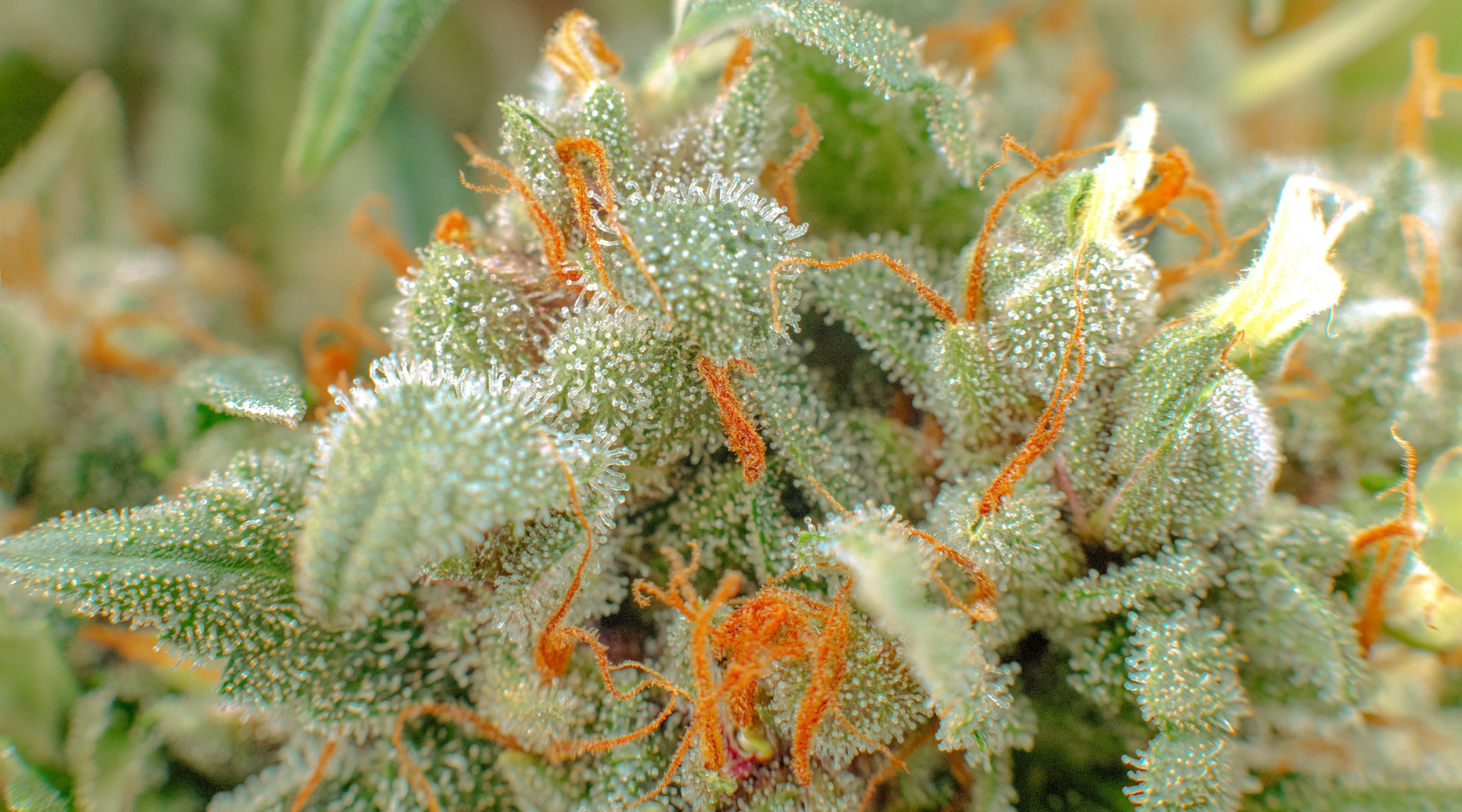‘How long does CBD stay in your system?’ seems like a relatively simple question, right?
Unfortunately, the answer is a little more complicated than many people may first believe.
There are five key factors that influence how long cannabidiol remains effective, and detectable in the body. These are
- Dosage
- Diet
- Method of application
- Interactions
- Individual metabolic rates
Factors that are specific to the individual patient – like age, weight, metabolism, and genetics – all play an important role in how long CBD stays in the body, as does its frequency of administration. Available in edible, inhalable, topical, and sublingual application forms, CBD products can contain varying concentrations of cannabidiol which not only makes their effects on the body differ, but also influences the time the CBD stays effective once in the body.
How is CBD processed in the body?
In order to unlock the therapeutic potentials of CBD, it has to be metabolised by the body. After being absorbed and metabolised, cannabidiol interacts with different receptors and endocannabinoids to induce its potential effects, like reducing inflammation, pain levels, anxious feelings, and certain skin conditions. The pharmacokinetics of CBD, or the way it moves around the body to cause effects, are dependent on the method of administration.
When ingested in edible or tablet form, CBD is primarily metabolised in the liver by a variety of different enzymes and around 40 known metabolites. After passing through the stomach, intestines and then into the liver, cannabidiol is believed to interact with proteins that belong to a ‘superfamily’ known as the Cytochrome P450 enzymes. CYP3A4, CYP3A5, CYP1A2, CYP2C9 and C7P2D6 enzymes, amongst others, are known to be involved in 90% of all drug metabolism, and CBD is no exception. After being metabolised, cannabidiol and other cannabis compounds are excreted mainly through faecal matter, but also in urine.
Other methods of application allow for different metabolisation sites. Administering CBD topically allows cannabidiol and other compounds to soak into the skin, layer by layer until they enter the bloodstream, whilst when inhaled CBD passes through the lungs, and then rapidly into the brain. Sublingual administration also offers a ‘fast track’ to CBD absorption, as it bypasses the digestive system and the liver by being absorbed into the blood through membranes in the mouth.
How long CBD stays in your system
When drugs and medications like CBD are investigated biologically, scientists are keen to establish their half-life. The half-life is the amount of time it takes for a chemical to break down and decay to half its original value, and in the case of CBD this can range from anywhere between 1 hour and 5 days, depending on dosage size and administration methods. Typically after the time period of around 4 or 5 half-lives, drugs like CBD have been completely eliminated from the body, and are no longer present in the human system.
A systematic review of cannabidiol’s pharmacokinetics have shown that vaping CBD allows the drug a half-life of around 31 hours, meaning it can remain detectable in the human system for around a week after consumption. On opposing ends of the scale, the half-life of CBD after oral administration, such as tablets or edibles, is noted between 2 and 5 days, whilst CBD sprays and sublingual products have shown to have a much shorter half-life of between 1 and 11 hours. This means CBD stays in the body for longer periods of time after being eaten or inhaled, as opposed to administered sublingually.
Frequency of administration is also known to affect how long CBD can stay in the body. CBD is stored in cells around the body and can, in some cases, take up to a month to pass through the system. When taken regularly, the levels of CBD build up faster than they are expelled, causing a backlog in drug elimination and high levels of CBD in the body.
Factors that affect how long CBD stays in your system
Although the effects of cannabidiol have been known to last for a number of hours, it remains present and detectable in the body for much longer. CBD is a fat-soluble compound that stores itself in fat cells around the body and so, like most medications, the metabolism rate of CBD is impacted by both BMI and diet. Therefore, it is scientifically assumed that CBD stays in systems with higher levels of body fat for longer periods of time, than those with lower levels of body fat.
When administered in edible form, CBD is processed through the digestive system, and its main method of elimination from the body is through excretion.
In 2021, a study that mimicked the human digestive tract demonstrated the bio-accessibility of cannabidiol is increased in the presence of fatty foods and bile salts. By analysing how hemp-based CBD interacted with fed and fasted states, researchers found that a pre-fed stomach improved the absorption rate of CBD and that high fat foods in particular benefited the micellization of CBD significantly, in comparison to starved stomachs.
This led researchers to conclude that to boost the efficacy and speed of CBD’s absorption, it should be taken alongside foods with high fat contents.
Interactions with other medications and other natural substances can also affect how long CBD stays in the system. Cannabidiol’s bioavailability and subsequent effects can be impacted or influenced by other drugs within the body, especially those that are processed in the same way. For example, the CYP3A4 enzyme metabolises many different kinds of medications and other therapeutic compound, and so, when multiple drugs are taken together, the enzyme must choose which to metabolise first. This can cause a delay in the uptake of medications, allowing them to remain pharmaceutically active for longer periods of time, than when they are taken alone.
Another pharmacokinetic study analysed urine samples before and after consuming CBD and found the administration method also plays a role in how long CBD stays in the system. Researchers in this study discovered, after five days, CBD was still present in urine samples of participants who’d taken either an oral or vaporised dose of cannabidiol. However, CBD concentrations were much lower in samples taken from the vaping group, which indicates its quicker expulsion from the body.
Lastly, dosage plays a part in how long CBD stays in the body. Just like any kind of substance or medication, the more CBD you take, the longer it takes to be flushed out of the system. Frequency of administration, metabolism, and tolerance all need to be considered when deciding what dose of cannabidiol should be taken. But generally, your prescribing doctor will take all of this into consideration when deciding on your treatment plan.
Conclusion
Although research has shown that CBD products containing the legal limit of 0.2% THC don’t tend to produce positive drug test results, there are other reasons people may want to flush their system of CBD. This could include starting a new type of medication, wanting to take a tolerance break, or in preparation for an upcoming surgery.
Regardless of the reason for wanting to get CBD out of the system, the most common methods often involve diet adaptation. Because CBD is primarily expelled from the body in faeces and urine, conventional anecdotal methods of speeding up its elimination include eating high fibre foods and drinking lots of water. Others recommend flushing CBD out of the system by increasing levels of physical activity to produce more sweat, or drinking detoxifying liquids such as herbal teas.
Like with any health supplement or type of medication, it is always advisable to get medical advice from clinical professionals at every stage of the journey.
Don't let the stigma surrounding medical cannabis prevent you from getting a suitable treatment. Releaf provides tailored monthly packages, specialist consultations for medical cannabis, and a unique medical cannabis card for protection, all based on your medical cannabis prescription.



